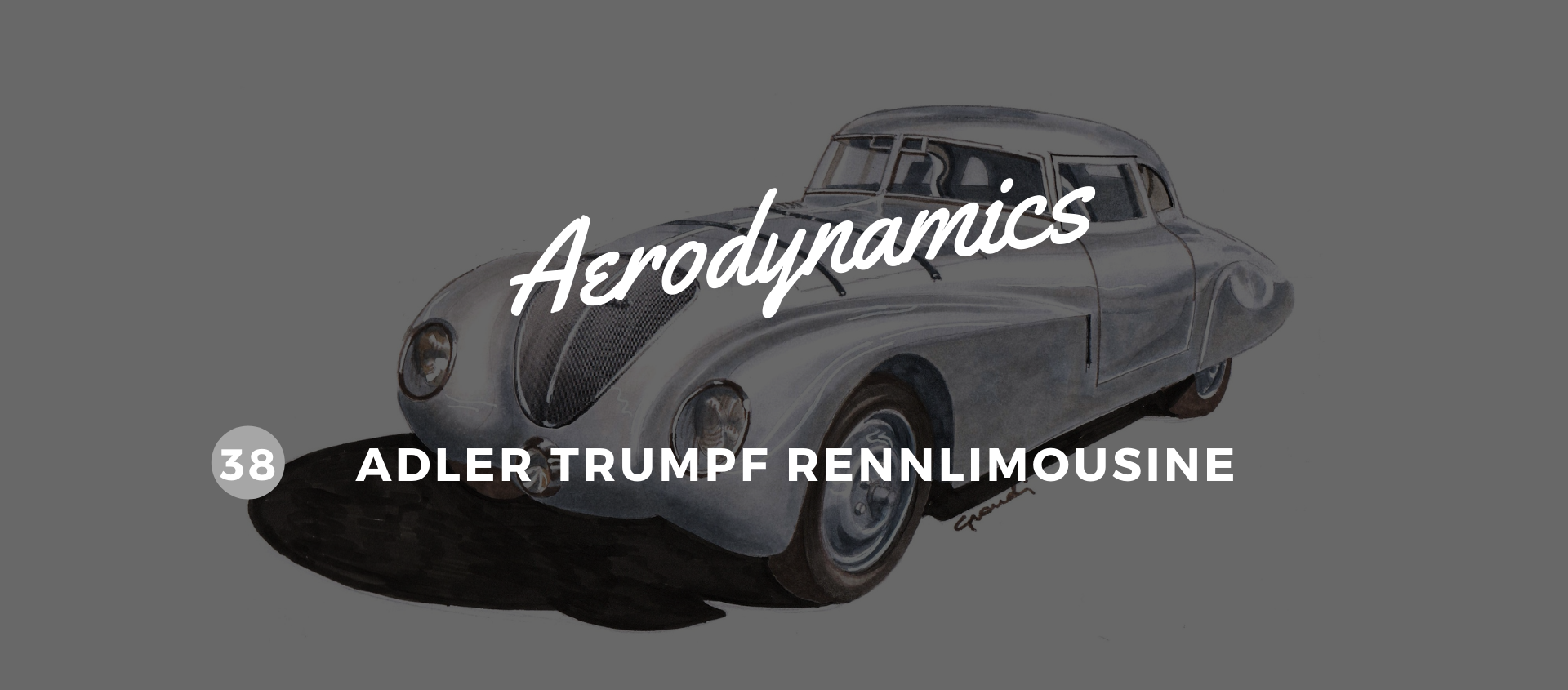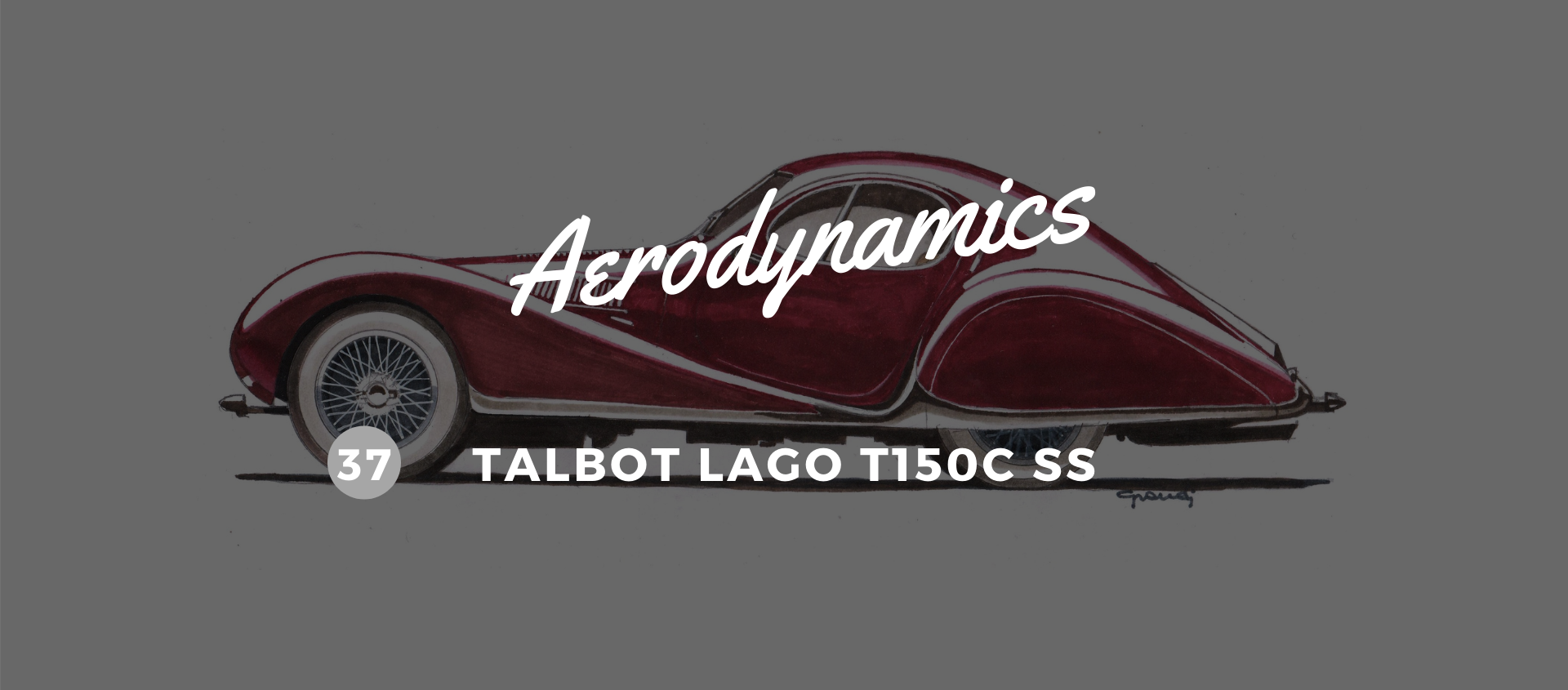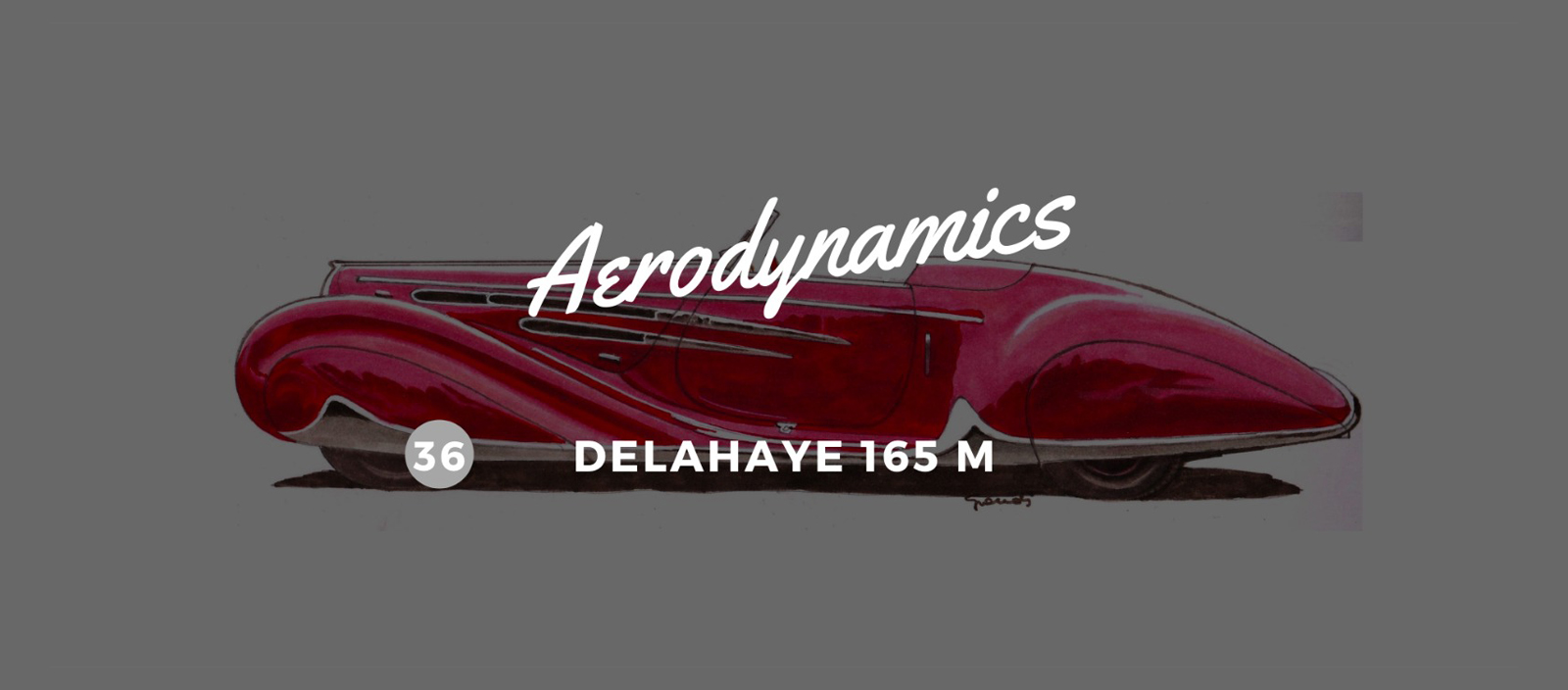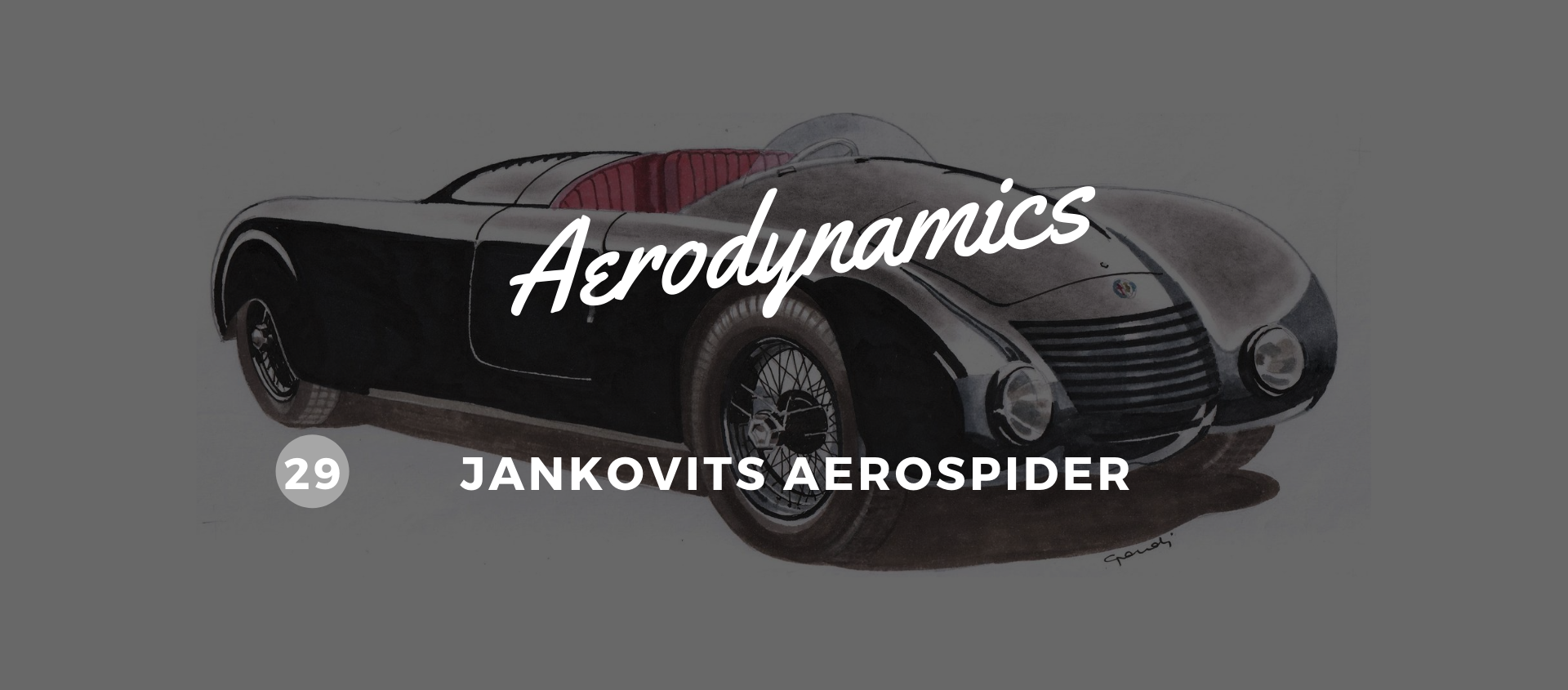German rationality
26 October 2020 1 min read 5 images

Until just before the Second World War, Adler was a leading German car brand that covered various market segments. Its renown was based on its long history in the field of mobility, which dated back to 1886, when it produced bicycles, before moving on to motorized tricycles and then cars.
Register to unlock this article
Signing up is free and gives you access to hundreds of articles and additional benefits. See what’s included in your free membership. See what's included in your free membership.
Already have an account? Log In


